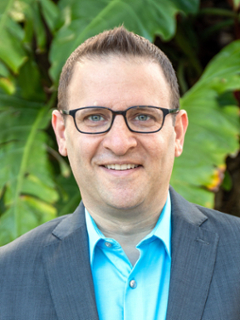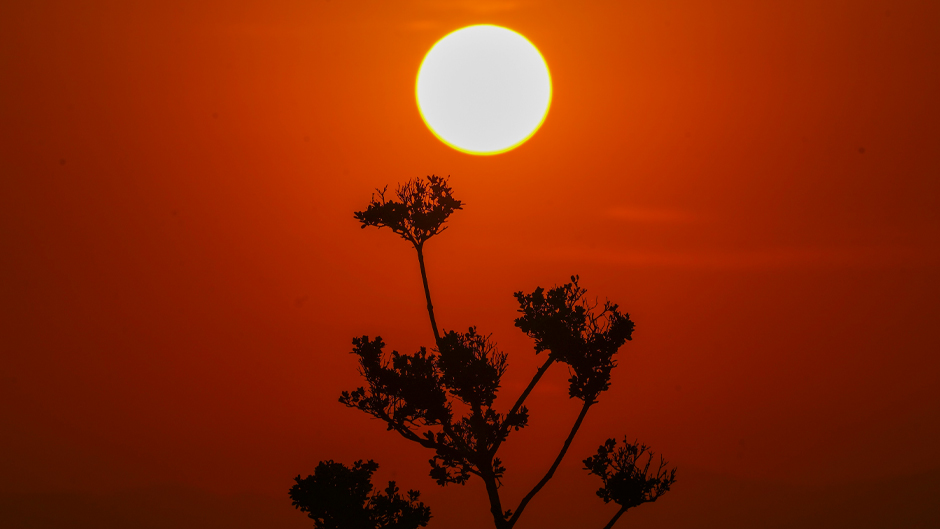A heat dome has parked over southern Mexico and Mexico City, exacerbating a trifecta of historic drought, extreme heat, and blackouts. Prompted by a record-shattering heat wave that has plagued Central America for months, the sweltering temperatures and drought conditions have reached into Texas and Florida.
Three consecutive years of record low precipitation in Spain’s northeastern Catalonia region have prompted one of the region’s largest reservoirs to dry to a trickle. The drought, described as “the worst on record,” prompted the Catalan government on Feb. 1 to declare a “drought emergency” and impose draconian water restrictions.
Extreme temperatures amplified by climate change have increasingly created severe water shortages around the world. Many venture that water—even more than oil or petroleum—will become or is already the world’s most valuable and, therefore, contested resource.

Justin Stoler, a University of Miami professor with dual appointments in the Department of Geography and Sustainable Development and the Department of Public Health Sciences, has researched global water insecurity and its human dimension for decades. Stoler also directs the SHIRE lab, which studies global environmental health disparities.
In what ways does outdated infrastructure exacerbate the water shortage scenarios?
For thousands of years, water infrastructure has been a pillar of advanced civilization. Outdated infrastructure is now a significant driver of today's water security challenges. Most urban piped networks are well beyond their expected life expectancy of about a century while often serving larger populations than they were originally designed for and facing more extreme weather.
One of the biggest infrastructure problems is what water engineers call “non-revenue water” (NRW). This is water that is treated but never used because it is lost to (predominantly) underground leaks. In the U.S., NRW averages around 20 percent. But for Mexico City, estimates of NRW range between 40-70 percent. Imagine producing a good and having nearly half of it never reach your customers—how could that business survive? This is the predicament for many water managers.
What are some examples of the most effective measures that policymakers and government leaders have implemented to mitigate the problem?
The most common policies involve public outreach and engagement over water conservation. California was a great success story during their 2012-2016 drought. But this kind of successful outreach tends to work best in places where the public trusts their government, which does not bode well for much of the world.
Beyond essential access, what other implications do water shortages or interruptions have on people’s well-being?
Water insecurity has been widely shown to hurt people's physical health, mental health, livelihood, and educational opportunities as well as the ability to build social capital within communities. The effects are so wide-ranging yet receive disproportionately little attention. My ongoing research shows a strong connection between water problems and trust in government and institutions.
What are some of the new technologies that seem most promising to address the clean water crisis?
Solutions such as nanotech water filtration membranes that turn sewage into pristine water, or atmospheric water harvesters that generate clean water out of thin air, hold great promise because they are modular, adaptive, and decentralized (what my team calls “MAD” water solutions). These solutions free us from the constraints of financing and logistically implementing large, centralized water infrastructure projects. But these tools also require significant energy, so our ability to create global water equity may, to some extent, rely on sustainable renewable energy solutions.
At the personal level, what are some of the most critical habits that should be amended to help attenuate this problem? i.e., What can I do?
We need to respect water as a pillar of modern society and let this guide our water policy. If water runs out or becomes too expensive, our way of life will change. Ask any of the nearly 2 million Americans living without water or plumbing services—it's terrible. We need to prioritize protecting freshwater resources and figure out how to deliver equitable water services that give everyone the opportunity to live their best life.

